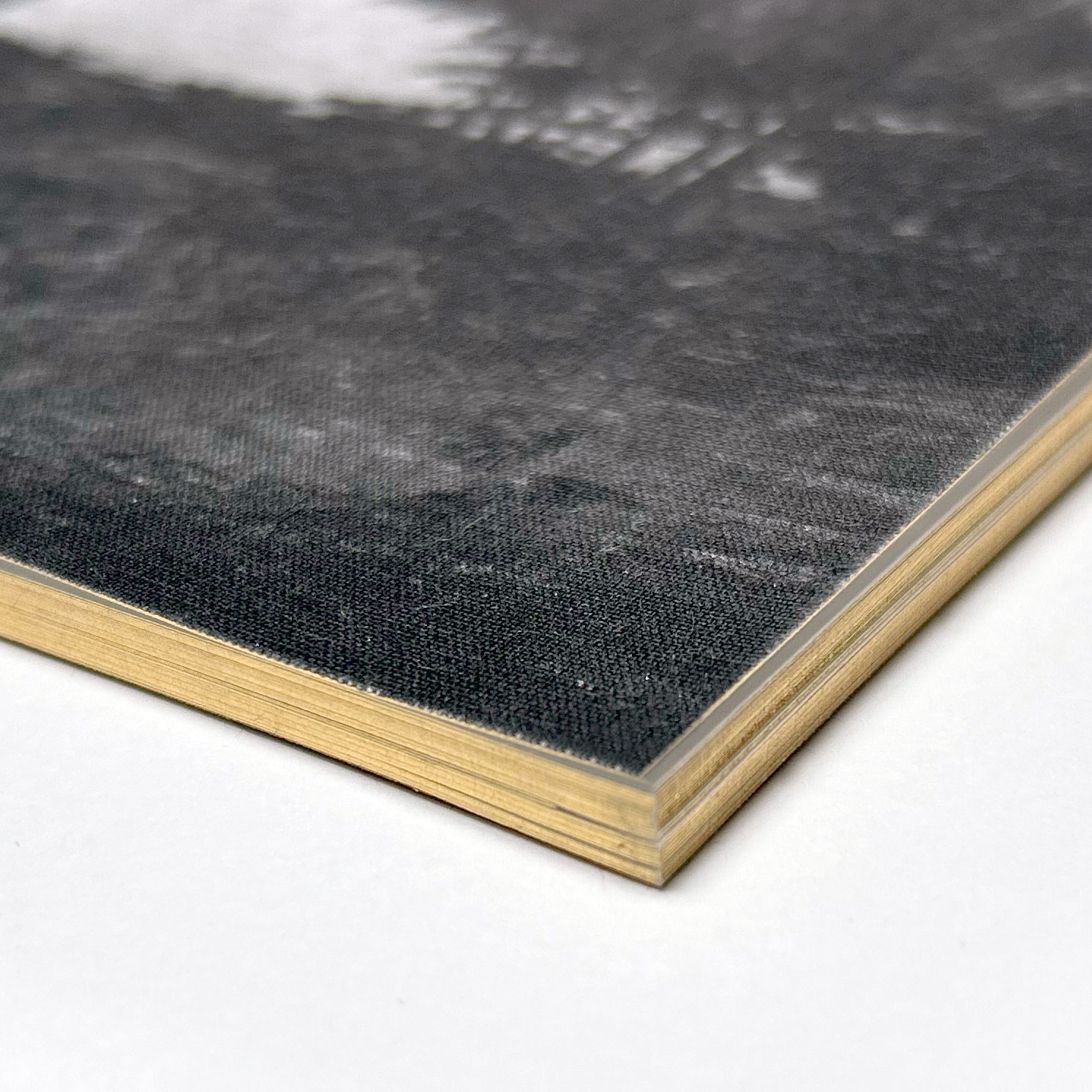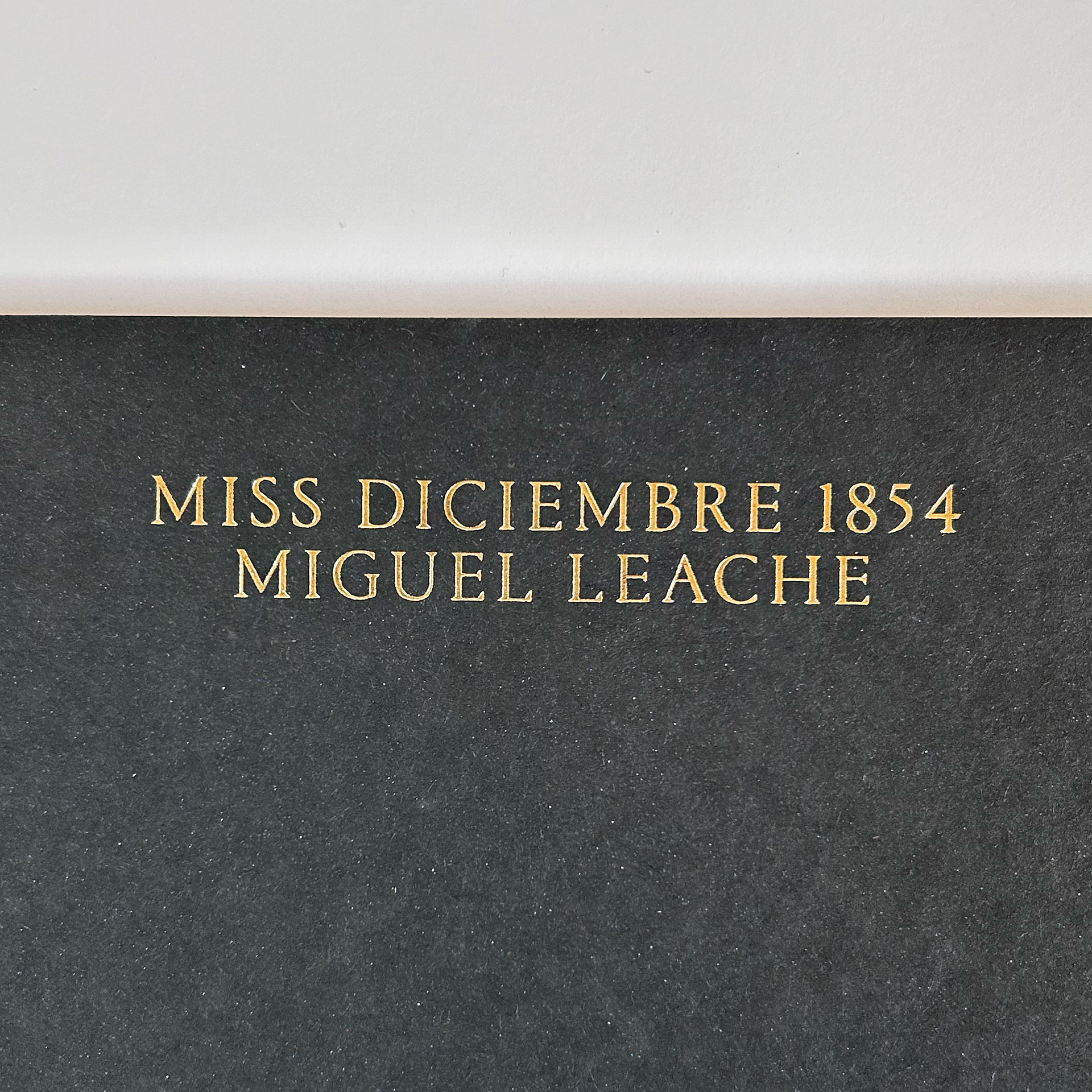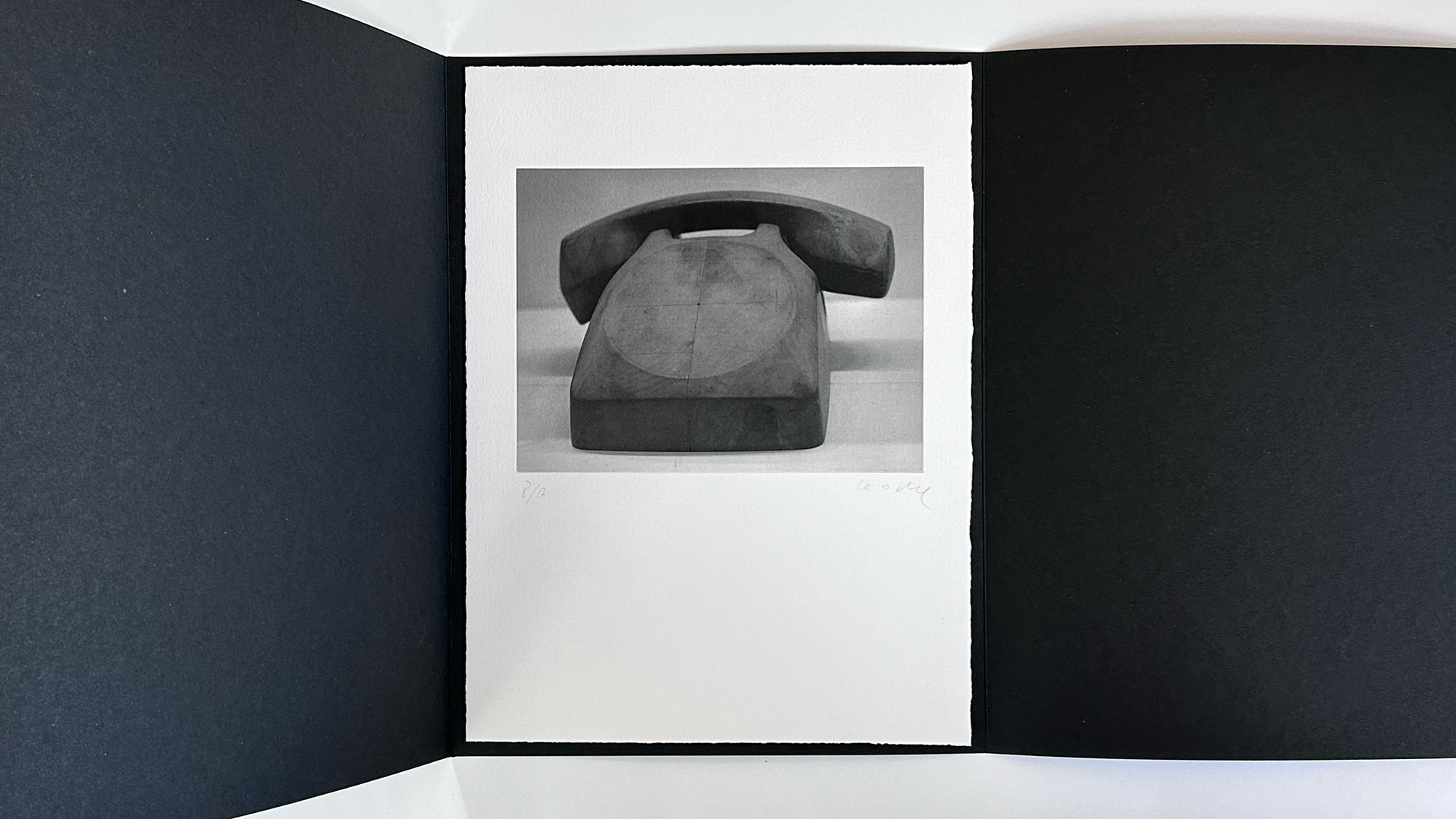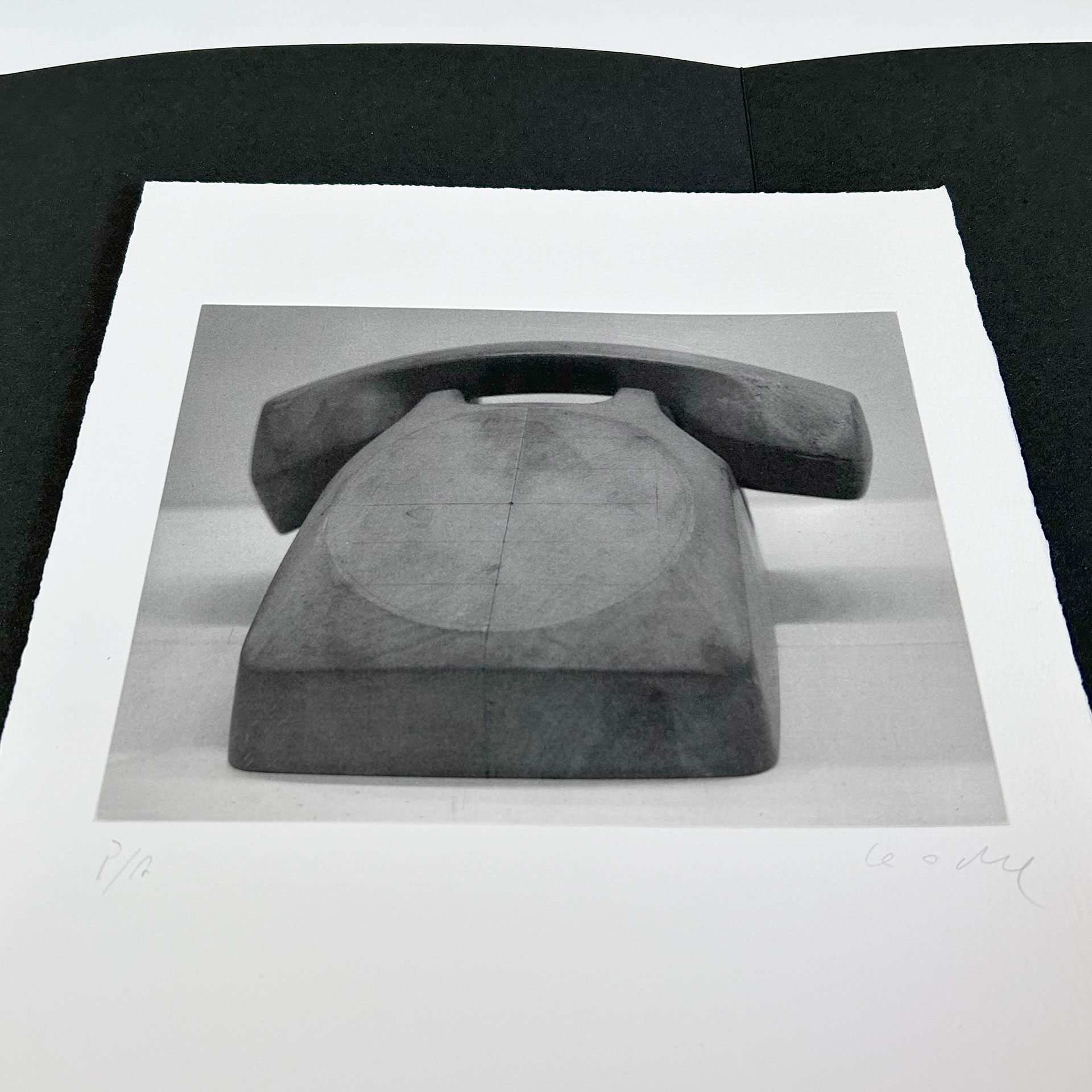Miss diciembre 1854


El 8 de diciembre de 1854, Pio IX declaró la inmaculada concepción de la Virgen María. La bula Ineffabilis Deus puso fin a 1500 años de disputas teológicas acerca de si la madre de Dios había sido concebida sin pecado.
Los motivos pudieron ser políticos: el Papa había regresado al Vaticano tras su exilio durante la II República Romana. Perdía poder terrenal y buscaba la manera de reconciliarse con los fieles. Pero, paradójicamente, también fueron estos los motivos que expulsaron a las mujeres de la cúspide de las mitologías mediterráneas y del Oriente Próximo 5000 años antes.
En la antigüedad, la forma de las ciudades y la de gobernar, la invención de la escritura, y con ella la capacidad de abstracción, hicieron que los hechos observables cedieran ante la simbolización. La idea de creación -de espíritu creador del universo-se impuso al hecho del nacimiento, y la posibilidad de nombrar simplificó el alejamiento de la diosa-madre como principio del poder creador único.
La fiesta de la Inmaculada Concepción es el retorno de esa forma de ver los hechos como símbolos, y de adornarlos hasta que pierden su vínculo con la realidad en favor de la idea. El espíritu creador había tomado forma de hombre hacía cinco milenios, a imagen y semejanza de quienes pudieron imponerlo..
On 8 December 1854, Pius IX declared the Immaculate Conception of the Virgin Mary. After 1500 years, the Ineffabilis Deus papal bull put an end to theological disputes on whether the mother of God had been conceived without sin.
The reasons may have been political: the Pope had just returned to the Vatican after his exile during the Second Roman Republic. He had lost earthly power and was seeking a way to reconcile the faithful.
However, paradoxically, these were the same misguided motives that expelled women from the peak of mythologies from the Mediterranean and Near East 5000 years earlier.
In the ancient world, the form of cities and of governance and the invention of writing, and with it the capacity for abstraction, led observable facts to give way to symbolisation. The idea of creation -the spirit-creator of the universe-prevailed over the fact of birth, and the possibility of naming things with the written word made it easier to gain distance from the mother-goddess as the original source of the unique creative power.
The feast day of the Immaculate Conception is the return to this way of seeing facts as symbols and of adorning them until they lose their tie with reality in favour of the idea. The creative spirit had taken the form of man around five millennia ago, in the image and likeness of those who were able to impose it.
50 photoengraving signed and numbered by the author, on 300 × 400 mm cotton paper of 300 gr.




